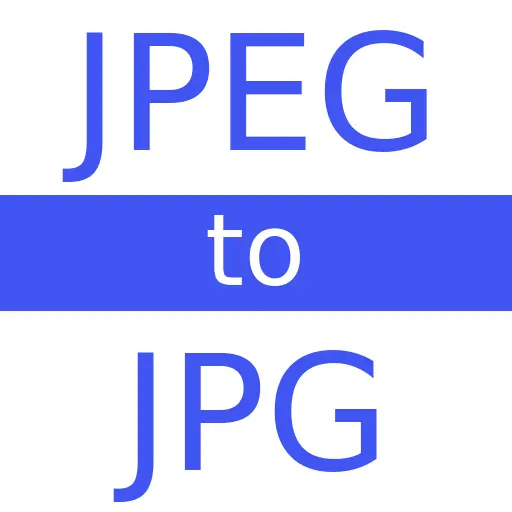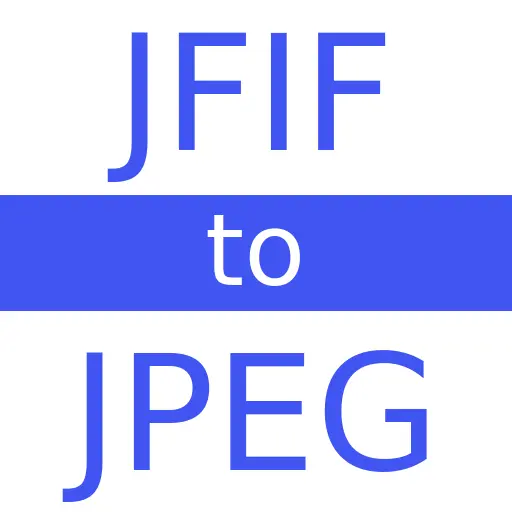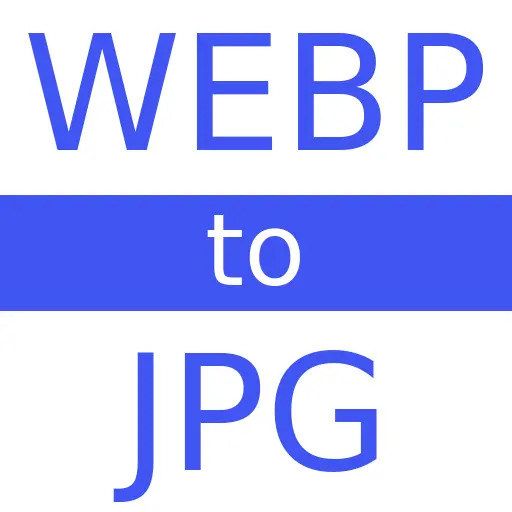JPEG to JPG
Convert JPEG to JPG (Fast & Free)
JPEG to JPG Converter Tool - Your Day to Day Companion for High Quality Conversions
Hi there, and welcome to ProConvert! On this page you can easily change JPEG to JPG with the help of our free, fast and secured online converter. JPEG to JPG Converter Tool can be used with no limits or hidden charges. Don't forget, you can use the forum section below if you have any question for us or, leave us a rating in the ratings section so others can see what performant tools we have in place for free.
(or click to select files)
F.A.Q. / Frequently Asked Questions about JPEG to JPG
Curious about how our platform works? ProConvert team got all your questions together and created the following Frequently Asked Questions section. Here you can find useful information about us. Don't see your question here ? Leave a question or a comment in the forum section and our team will help you as soon as possible.
File conversions were never that easy before. But good for you! ProConvert is here and gives you support and full access to convert or change JPEG to JPG any time, with no limits or charges. Everything is free, created for your needs.
- Select JPEG files you want to convert, from your computer or drag and drop it on the page.
- Press the "Convert" button in order to convert JPEG to JPG.
- When the conversion is completed, click "Download" on the desired converted JPG file.
Useful information about JPEG
| Extension: | JPEG |
|---|---|
| Name: | Joint Photographic Experts Group |
| Mime Type: | image/jpeg |
| Converter: | JPEG Converter |
| Description: | JPEG is a commonly used method of lossy compression for digital images, particularly for those images produced by digital photography. The degree of compression can be adjusted, allowing a selectable tradeoff between storage size and image quality. JPEG typically achieves 10:1 compression with little perceptible loss in image quality. Since its introduction in 1992, JPEG has been the most widely used image compression standard in the world, and the most widely used digital image format, with several billion JPEG images produced every day as of 2015. The term 'JPEG' is an acronym for the Joint Photographic Experts Group, which created the standard in 1992. JPEG was largely responsible for the proliferation of digital images and digital photos across the Internet, and later social media. JPEG compression is used in a number of image file formats. JPEG/Exif is the most common image format used by digital cameras and other photographic image capture devices; along with JPEG/JFIF, it is the most common format for storing and transmitting photographic images on the World Wide Web. These format variations are often not distinguished, and are simply called JPEG. The MIME media type for JPEG is image/jpeg, except in older Internet Explorer versions, which provides a MIME type of image/pjpeg when uploading JPEG images. JPEG files usually have a filename extension of .jpg or .jpeg. JPEG/JFIF supports a maximum image size of 65,535×65,535 pixels, hence up to 4 gigapixels for an aspect ratio of 1:1. In 2000, the JPEG group introduced a format intended to be a successor, JPEG 2000, but it was unable to replace the original JPEG as the dominant image standard. - Source |

Useful information about JPG
| Extension: | JPG |
|---|---|
| Name: | Joint Photographic Experts Group |
| Mime Type: | image/jpeg |
| Converter: | JPG Converter |
| Description: | The JPG image file type, typically pronounced jay-peg, was developed by the Joint Photographic Experts Group (JPEG) in 1992. The group realized a need to make large photographic files smaller, so that they could be more easily shared. Some quality is compromised when an image is converted to a JPG. The reason is because the compression is lossy, which means that certain unnecessary information is permanently deleted. A JPG does, however, allow you to create smaller file size than you could with a PNG. - Source |
In High Demand Converters / See What Others Convert
As you might know already, we have over 2600 converter tools like JPEG to JPG on our platform. All of them are free to use and provides high quality computing for your needs. However, these are the most used converters on ProConvert at the moment.
Forum / Questions and Answers / Everything about JPEG to JPG
You got it right! Here you can ask anything about JPEG to JPG Converter Tool or any other information regarding our services. You can of course recommend us what to create further or improve as a feedback. We are eager to answer all your questions.
* The question will appear on this page once answered by one of ProConvert Team members.
There are no comments posted at the moment.


